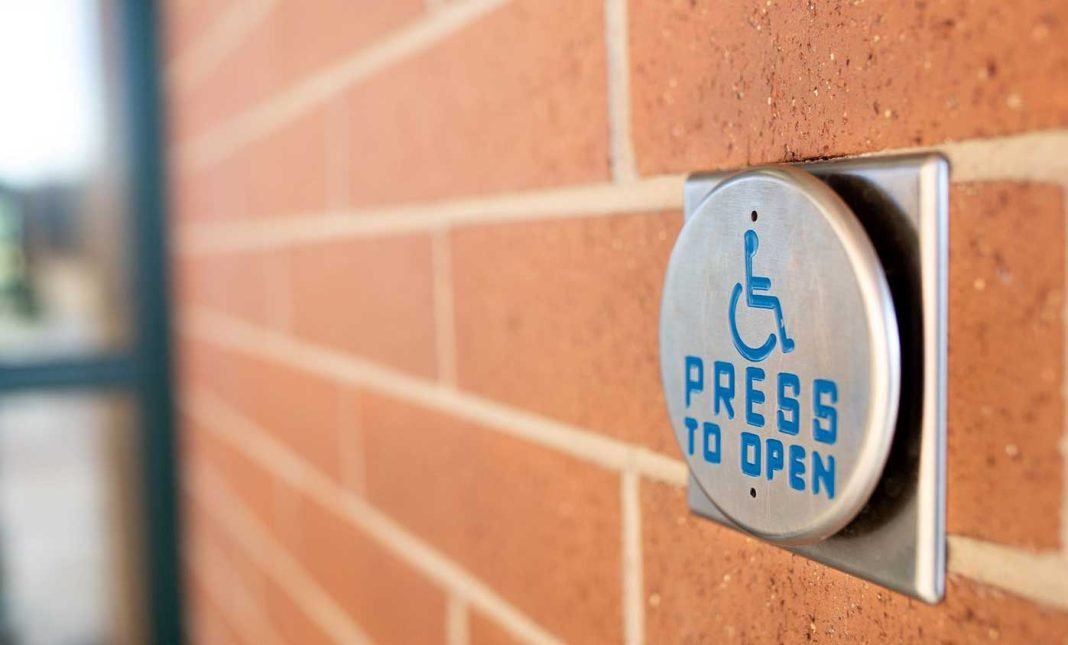Ensuring the safety and comfort of individuals with reduced mobility in their own homes is a vital concern for many families. Whether due to age-related issues, disabilities, or post-operative recovery, adapting the home environment can significantly enhance the quality of life for those with mobility challenges.

In this comprehensive guide, we will delve into various strategies, including how to effectively install a bath lift chair, to make a residence a secure and accessible sanctuary.
Establishing a Safe Living Space
Creating a secure home starts with assessing the needs of the individual and the potential hazards within the living area. The primary goal is to minimize risks of falls and injuries while promoting independence.
Flooring and Navigation
- Secure Rugs and Carpets: Ensure that all rugs and carpets are non-slip and firmly anchored to the floor.
- Clear Pathways: Keep walkways clear of obstacles to facilitate easy movement throughout the house.
Lighting and Accessibility
- Install Adequate Lighting: Bright, glare-free lighting should be installed, especially in stairways and hallways.
- Leverage Smart Technology: Consider smart home devices that can control lighting, temperature, and security with voice commands or remote controls.
Bathroom Safety for Enhanced Mobility
The bathroom is a high-risk area for falls due to wet and slippery surfaces. To mitigate these dangers, modifications tailored to the individual’s needs should be made.
Stability and Support
- Grab Bars: Install sturdy grab bars near the toilet and within the shower area to assist with balance and transfers.
- Anti-slip Mats: Place anti-slip mats in the tub and shower floor to provide better traction.
Bathing Solutions
Regular bathtubs can present formidable barriers to individuals with mobility limitations. To overcome this, it’s crucial to consider more accessible options.
- Shower Stalls: Walk-in showers with a flat entry reduce the risk of tripping.
- Adaptive Equipment: Adding a shower seat or bench can offer stability during bathing.
Enhancing Bath Safety with a Bath Lift Chair
For individuals who struggle with entering and exiting a standard bathtub, the decision to install a bath lift chair can be transformative. It provides a secure and comfortable way to enjoy a bath without the risk of falls or the need for heavy physical support from caregivers. Furthermore, the presence of a bath lift chair can significantly improve the overall bathing experience, promoting relaxation and independence for individuals with limited mobility.
- Selecting the Right Model: It’s essential to choose a lift chair that fits the user’s size, the bathtub’s dimensions, and has an easy-to-use control system.
- Professional Installation: While some families might consider self-installation, enlisting the help of a professional ensures that the lift chair is securely fitted and functions safely.
Kitchen Adaptations
Individuals with restricted mobility must have a kitchen that is functional and safe.
- Adjustable Countertops: Counter heights should accommodate seated or standing users comfortably.
- Accessible Storage: Lower cabinets and pull-out shelves can make kitchen items more reachable.
Bedroom Comfort
A good night’s sleep is fundamental, and adapting the bedroom can help achieve that.
- Proper Bed Height: The height of the bed should allow the person to sit and stand comfortably without straining.
- Accessible Wardrobes: Using lower hanging rods and shelves can make clothing more accessible.
Technical Assistance and Alarms
Incorporating technology can provide an additional layer of safety.
- Medical Alert Systems: Wearable devices that alert emergency services with a button press can be crucial during a fall.
- Alarms and Sensors: Motion sensors and alarms can help monitor movement and alert family members if there’s a problem.
Regular Maintenance
Ensuring all adaptations and equipment keep functioning properly is essential.
- Scheduled Checks: Regular maintenance on lift chairs, grab bars, and other fixtures are necessary.
- Prompt Repairs: Address any wear and tear or technical issues swiftly to avoid accidents.
Conclusion
Securing a home for individuals with reduced mobility involves careful planning and customization. Incorporating support fixtures in key areas of the home, such as the bathroom and kitchen, can significantly increase safety and independence.
Dignity is preserved when individuals can traverse their own homes without fear or difficulty, and simple actions, like deciding to install a bath lift chair, can facilitate this autonomy. Through thoughtful modifications and the use of adaptive technologies, a home can become a refuge that caters to the unique needs of its occupants, providing peace of mind for everyone involved.


